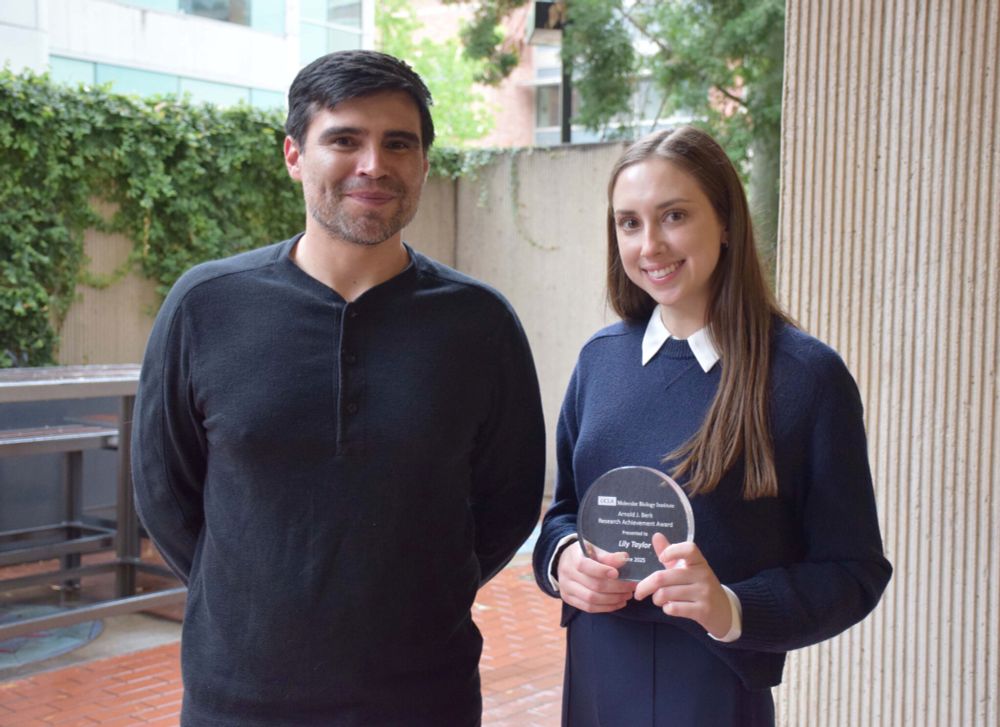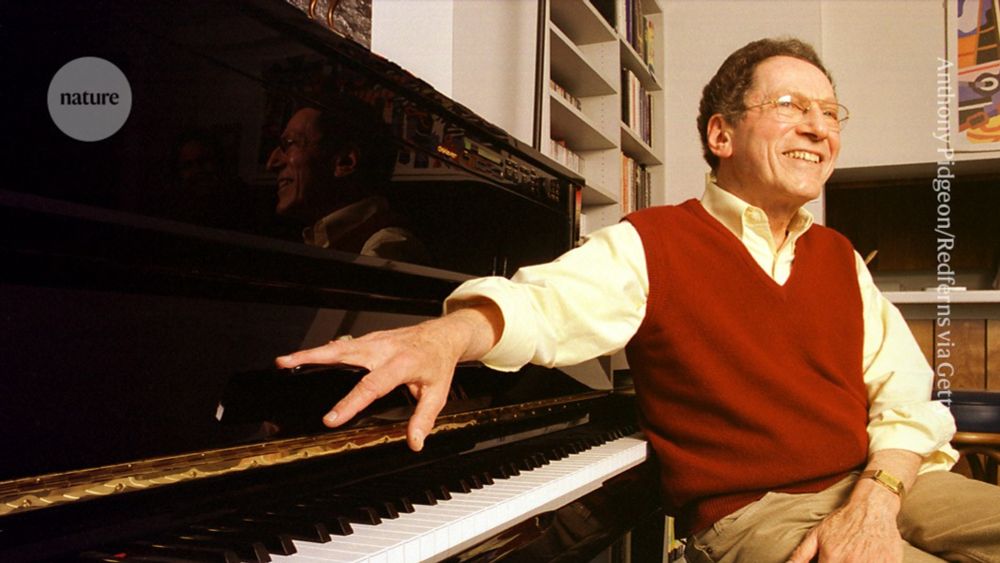UCLA Department of Chemistry & Biochemistry
@uclacb.bsky.social
340 followers
24 following
67 posts
UCLA Chemistry & Biochemistry - Young Hall, 607 Charles E. Young Drive E., LA, CA, 90095.
Website: http://www.chemistry.ucla.edu
Sign up for our weekly e-newsletter: http://bit.ly/3lkix8o
Questions? Contact [email protected].
Posts
Media
Videos
Starter Packs
Reposted by UCLA Department of Chemistry & Biochemistry
Reposted by UCLA Department of Chemistry & Biochemistry
Tom Fay
@tompfay.bsky.social
· 26d

Analytic Gradients and Periodic Boundary Conditions for Direct Reaction Field Polarizable QM/MM with Electrostatic Potential Fitting
Our recently developed Direct Reaction field with ESPF Embedding Model (DREEM) method offers an efficient and physically rigorous framework for incorporating polarizable molecular mechanics (MM) environments into quantum mechanics/molecular mechanics (QM/MM) simulations. By coupling the QM and MM regions through the instantaneous MM electrostatic polarization response to QM charge density fluctuations, DREEM enables consistent treatment of ground and excited electronic states, capturing electronic state-specific polarization and dispersion effects absent in conventional mean-field or linear response approaches. The use of the electrostatic potential fitting (ESPF) approximation method to describe charge density fluctuations significantly improves the computational efficiency compared to the integral-exact direct reaction field. In this work, we present two methodological advancements to extend the applicability of DREEM to realistic condensed-phase simulations: first, the development of efficient analytic energy gradients, enabling geometry optimization, transition state searches, and molecular dynamics; and second, a formulation of periodic boundary conditions (PBC) compatible with the DREEM framework. These capabilities are implemented in the open-source OpenESPF code, interfacing PySCF and OpenMM for high-performance QM and MM calculations. We demonstrate that the resulting implementation enables practical simulations of excited-state optical properties in periodic polarizable environments, where we calculate the fluorescence spectrum of acetone in water, including quantum vibronic and non-Condon effects. This paves the way for predictive modeling of photochemical reactivity and spectroscopy in complex systems where environment polarization is important.
doi.org
Reposted by UCLA Department of Chemistry & Biochemistry
Nature Synthesis
@natsynth.nature.com
· Sep 4

Iron-catalysed radical difunctionalization of alkenes - Nature Synthesis
Three-component, iron-based catalytic transformations offer a promising and sustainable approach to building complex molecules in a single step. This Review highlights advances and ongoing challenges ...
www.nature.com
Reposted by UCLA Department of Chemistry & Biochemistry
Reposted by UCLA Department of Chemistry & Biochemistry
Reposted by UCLA Department of Chemistry & Biochemistry
Reposted by UCLA Department of Chemistry & Biochemistry
Reposted by UCLA Department of Chemistry & Biochemistry
Reposted by UCLA Department of Chemistry & Biochemistry
Reposted by UCLA Department of Chemistry & Biochemistry






















